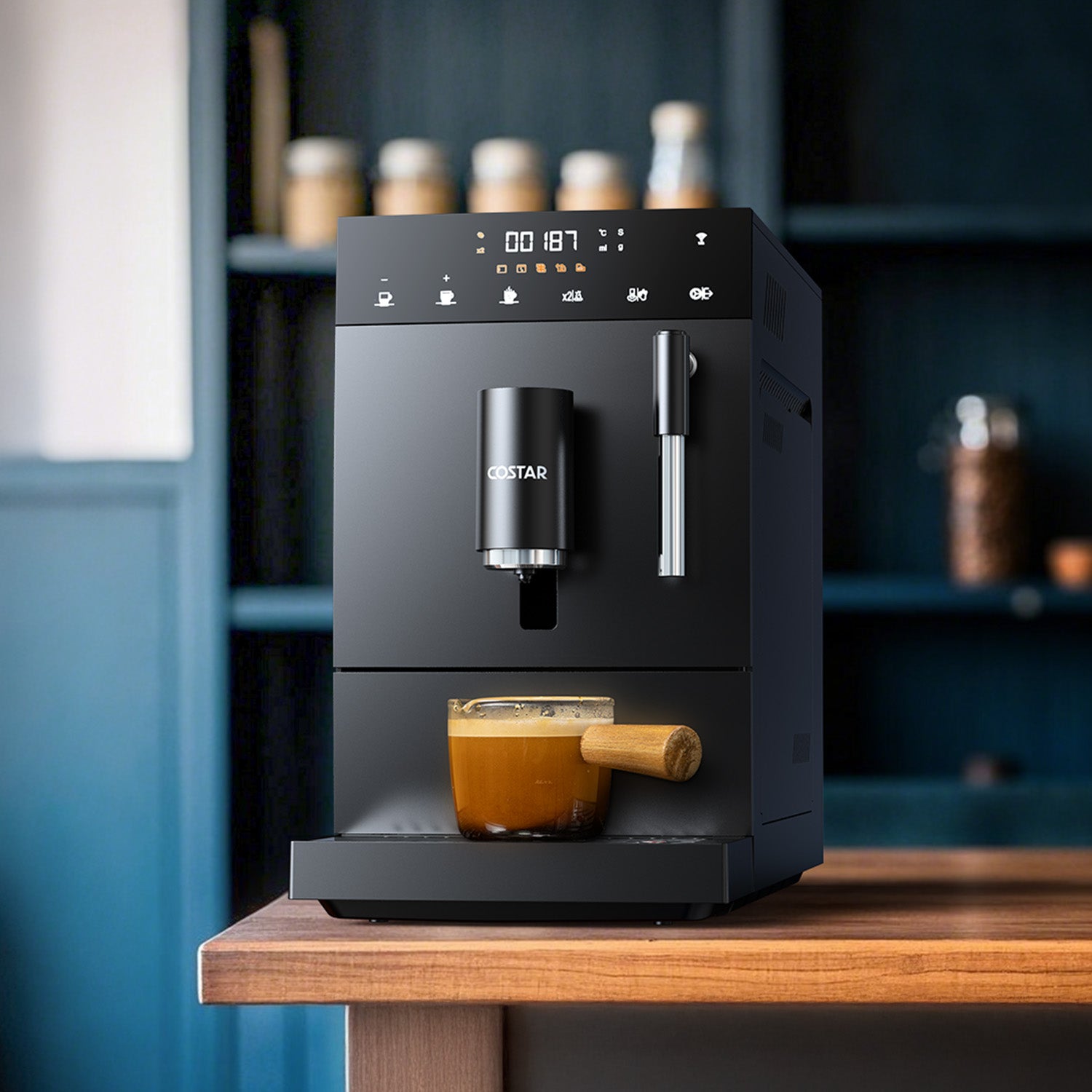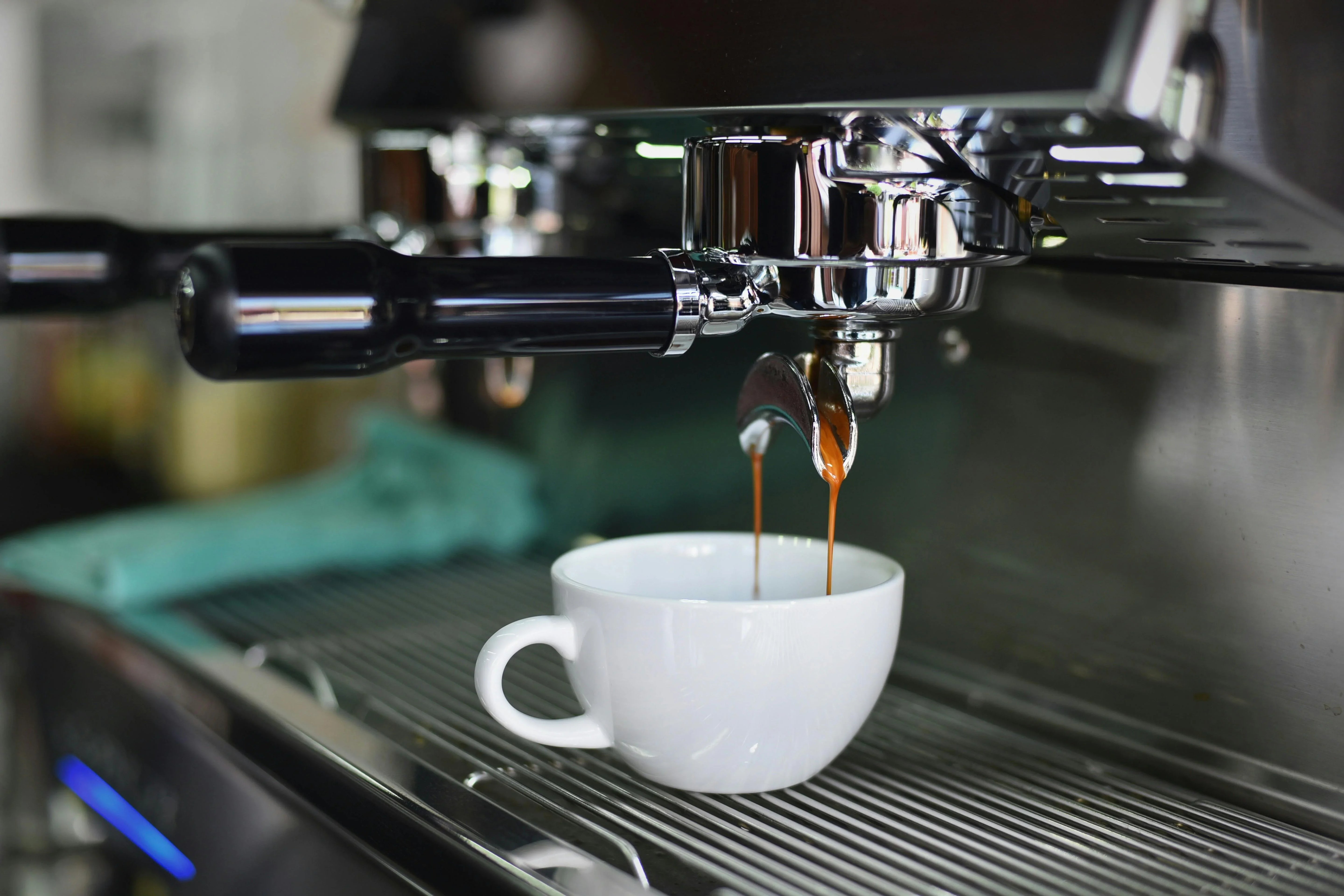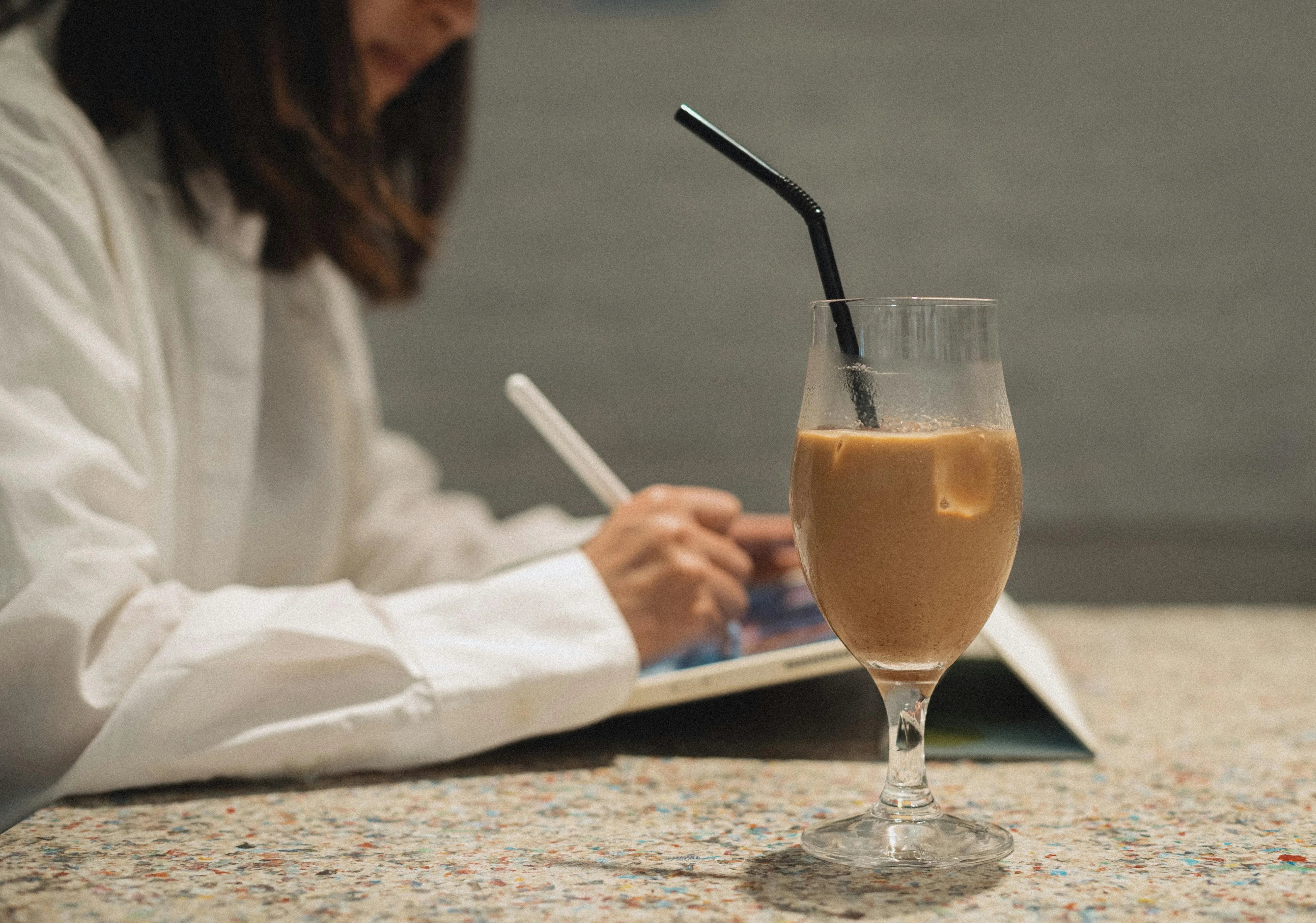As more Indians bring espresso machines home (market growing 6.1% yearly), a common problem pops up: sour-tasting coffee. International Coffee Organization data shows 4 out of 10 Indian home baristas struggle with this issue (ICO Coffee Market Report, June 2025). This guide explains why your coffee turns sour and how to fix it—no fancy jargon, just simple steps.
What Makes a Good Espresso? 3 Key Traits
Before fixing sourness, let’s define "good coffee" by three simple standards:
1. Balance
Your coffee should taste like a harmony of flavors—not just acid. Imagine ripe orange (acid) + caramel (sweet) + dark chocolate (bitter) all mixing nicely. Sour coffee means the acid is too strong because we didn’t extract enough sweet/bitter parts.
2. Clear Flavors
You should taste the unique character of your beans. For example:
• Indian Monsooned Malabar: Earthy, spicy, with woody notes
• Kochi Arabica: Bright, fruity (like berries)
Muddy, unclear taste usually comes from wrong grind size.
3. Clean Finish
No weird aftertaste! Good espresso leaves a pleasant lingering flavor—not paper-like dryness or stale smells. Fresh beans (roasted <4 weeks) and clean equipment are musts—especially in India’s hard water areas like Delhi.
Why Your Coffee Tastes Sour
Sourness happens when water runs through coffee too fast, grabbing only acid but missing sweet/bitter flavors. Think of it like washing clothes too quickly—dirt (flavors) stays because water didn’t linger long enough.
Common causes:
• Grind too coarse: Like sand—water rushes through
• Too little coffee: Not enough resistance to slow water
• Extraction too fast: Under 20 seconds = weak, sour brew
• Water too cold: Below 90°C won’t "melt" all flavors 
5 Easy Fixes for Sour Espresso
1. Adjust Grind Size (Most Important!)
Aim for medium-fine grind-like table salt, not beach sand. For Indian beans:
• Monsooned Malabar: Grind setting 3-4 on most machines
• Kochi Arabica: Slightly coarser (setting 4-5)
Pro tip: The CostarCosmos Master 2 Plus has 5 preset grind levels—great for beginners.
2. Use More Coffee
Double shot = 14-18g coffee (about 2 full tablespoons). Even 1g less can make it sour! Use a cheap digital scale (₹500-1,000) to measure—no guessing.
3. Slow Down Extraction Time
Target 25-30 seconds to make 30ml coffee (about a small cup). If it’s too fast:
• Grind finer (main fix)
• Press harder with your tamper (like pressing a ripe avocado)
• Make sure the filter basket is full enough
4. Heat Water Properly
Indian beans need 92-96°C water (boiling is too hot!). Most machines heat automatically, but:
• Run a "blank shot" first (no coffee) to warm up
• Models like CostarCosmos Master 7 Plus have built-in temperature control
5. Press Coffee Evenly (Tamping)
Light, uneven tamping = water takes the easy path through coffee. Press with 15-20kg force (ask at your gym what 20kg feels like!) using a flat tamper.
Quick Tips to Prevent Sour Coffee
• Clean your machine: Wipe the group head after each use—oily buildup ruins flavor
• Buy fresh beans: Look for "roasted on" date—use within 4 weeks
• Store right: Airtight container + silica gel packets (critical during monsoons!) 
Final Thought
Sour coffee isn’t your fault—it’s just a sign your machine needs a little "tune-up." By adjusting grind, dose, and time, even budget machines like CostarCosmos can make café-quality espresso.
Remember: The best baristas weren’t born—they practiced. Start with these steps, and you’ll be sipping sweet, balanced coffee in no time!
P.S. For more details, check our complete guide to dialing in espresso






Leave a comment
All comments are moderated before being published.
This site is protected by hCaptcha and the hCaptcha Privacy Policy and Terms of Service apply.